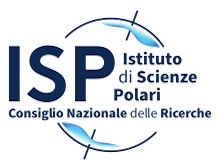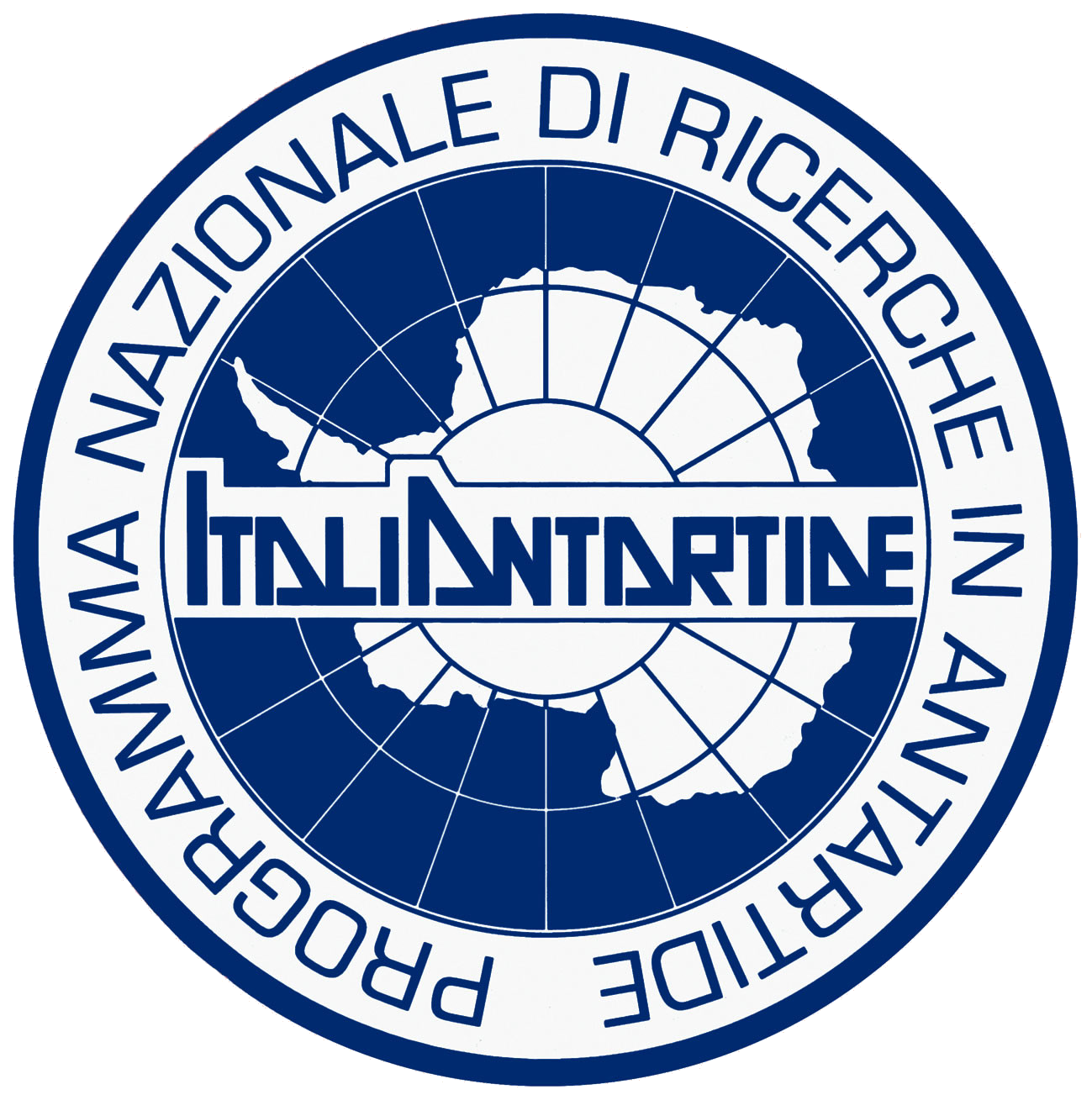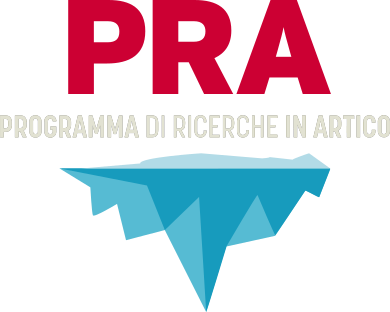Summary
Antarctic biota face increasing stressors from warming oceans. A key question is: What will be the effect of warming waters on Antarctic biota? A gap in our knowledge is the identify of early harbingers of new stressors. In our recent field season, we discovered unexpected, pink, wart-like neoplasms in Antarctic notothenioid fish, including Trematomus scotti (crowned notothen) and Lepidonotothen larseni (painted notothen). Neoplasms affected about 30% of T. scotti collected in Andvord Bay on the West Antarctic Peninsula and covered 10 to 30% of the bodies of affected individuals usually in one contiguous patch. We collected samples from affected and unaffected controls. Of 14 Antarctic fish researchers who answered our emails, only three had seen similar lesions, and those only rarely, suggesting that this outbreak is a recent occurrence. Our overall goal is to learn the biological origins of this neoplasm and how it affects cellular function and organismal physiology.
Objectives
Aim 1: Pathogenic agents. Aim 1a: To test the hypothesis that a virus causes the neoplasm. Methods involve isolating and sequencing viral nucleic acids from neoplasms and from unaffected skin and comparing sequences to known viruses. Aim 1b: To test the hypothesis that neoplasms are hosts to parasites not present in healthy skin. We will examine tissue sections and DNA sequences for evidence of parasitic organisms. Aim 2: Cell-level pathology. Aim 2a: To test the hypothesis that the histopathology of the neoplasms is similar to other known skin neoplasias; alternatively, it might be a previously unknown type of neoplasia. Methods involve the examination of histological sections to identify pathology-specific characters. Aim 2b: To find the effects of the neoplasms on cell function. Methods involve performing whole-genome transcriptomics of affected and normal skin by RNA-seq and aligning reads to a T. scotti reference genome. Aim 3: Organismal pathology. Aim 3a: To test the hypothesis that the neoplasm has adverse effects on growth and physiology. We will examine morphometrics in fish with neoplasms compared to agematched controls from otolith studies. Aim 3b: To test the hypothesis that the neoplasia affects reproductive traits. We will compare reproductive effort in affected and unaffected individuals.
Project Partners
• University of Oregon Eugene (Oregon, USA)
• Arizona State University, Biodesign Institute (Arizona, USA)







 Title: Origin and physiological consequences of a neoplasm outbreak in Antarctic fish
Title: Origin and physiological consequences of a neoplasm outbreak in Antarctic fish 


